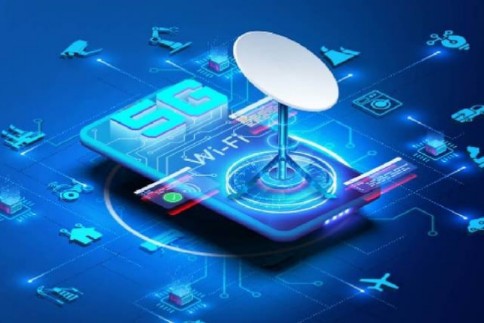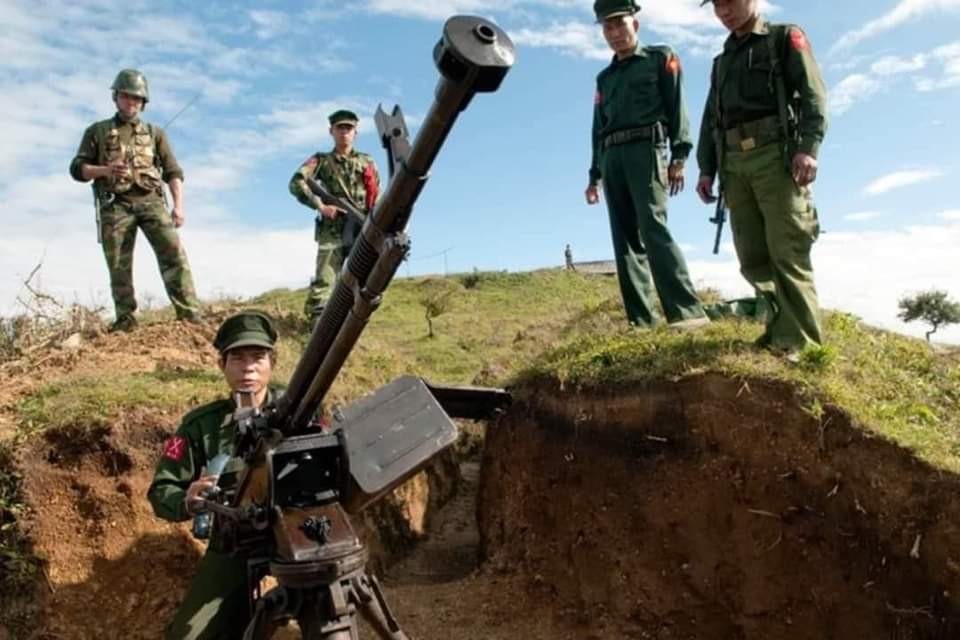
Low-Power Wide-Area (LPWA) technologies are designed to provide wireless connectivity for devices that require long-range communication, extended battery life, and low data rates.
These technologies are particularly well-suited for IoT applications where devices need to operate in challenging environments, such as remote or indoor locations, and where power efficiency is critical.








Key LPWA Technologies
Narrowband IoT (NB-IoT)
Overview:
NB-IoT is a 3GPP standardized LPWA technology that operates within a narrow frequency band, typically around 200 kHz. It is optimized for low-bandwidth applications, providing wide coverage and deep indoor penetration.
Key Features:
Extended Battery Life: Devices can operate for up to 10 years on a single battery charge due to the low power consumption of NB-IoT.
Deep Coverage: NB-IoT offers excellent coverage, including in areas with challenging signal conditions, such as basements or underground locations.
Low Cost: The simplicity of NB-IoT modules and reduced bandwidth requirements lead to lower deployment costs.
Applications: Smart metering, environmental monitoring, asset tracking, and smart agriculture.
LTE-M (Long Term Evolution for Machines)
Overview:
LTE-M, also known as Cat-M1, is another 3GPP standardized LPWA technology that operates on existing LTE networks. It supports higher data rates and mobility, making it suitable for IoT devices that require more frequent communication or are on the move.
Key Features:
Mobility Support: LTE-M supports handovers and mobility, allowing devices to maintain connectivity while moving, such as in vehicles or for wearable devices.
Extended Battery Life: Like NB-IoT, LTE-M is designed for low power consumption, with features like Power Saving Mode (PSM) and extended Discontinuous Reception (eDRX).
VoLTE Support: LTE-M supports voice communication over LTE, enabling voice services for IoT devices.
Applications: Wearables, connected healthcare, smart transportation, and industrial IoT.
LoRa (Long Range)
Overview:
LoRa is a proprietary LPWA technology developed by Semtech. It uses the unlicensed spectrum (typically in the ISM bands) and is known for its long-range capabilities, with a focus on low power consumption.
Key Features:
Long Range: LoRa can achieve communication distances of up to 15-20 km in rural areas, with lower data rates enabling greater range.
Low Power Consumption: LoRa devices are designed to operate on minimal power, allowing for extended battery life in remote or hard-to-access locations.
Flexible Network Topology: LoRa supports both public and private network deployments, giving organizations flexibility in how they manage their IoT networks.
Applications: Smart agriculture, remote sensing, asset tracking, and smart city infrastructure.
Sigfox
Overview:
Sigfox is a global LPWA network operator that offers a dedicated network for IoT devices using ultra-narrowband technology. Sigfox operates in the unlicensed ISM bands and focuses on low power and low cost.
Key Features:
Global Coverage: Sigfox provides global network coverage through its partners, offering a consistent connectivity experience for IoT devices worldwide.
Low Power: Sigfox devices are optimized for minimal power usage, allowing for long battery life even in devices that transmit data infrequently.
Simple Communication: Sigfox is designed for applications where devices send small amounts of data infrequently, such as status updates or alerts.
Applications: Asset tracking, environmental monitoring, and smart metering.
Common Features of LPWA Technologies
Extended Coverage
LPWA technologies are designed to provide wide-area coverage, including in challenging environments like rural or indoor areas where traditional cellular networks might struggle.
Low Data Rates
LPWA technologies typically support low data rates, which is sufficient for many IoT applications that transmit small amounts of data, such as sensor readings or status updates.
Power Efficiency
A primary feature of LPWA technologies is their low power consumption, enabling IoT devices to operate on battery power for extended periods (often several years) without the need for frequent recharging or battery replacement.
Cost-Effectiveness
LPWA technologies are generally cost-effective, both in terms of device hardware and network operation, making them ideal for large-scale IoT deployments where minimizing cost is essential.
Scalability
LPWA networks are designed to support a large number of connected devices, making them suitable for applications like smart cities, where thousands or millions of devices may need to connect to the network.
Applications of LPWA Technologies
Smart Cities: Street lighting, waste management, traffic monitoring, and environmental sensing.
Agriculture: Soil moisture monitoring, livestock tracking, and weather monitoring.
Utilities: Smart metering for electricity, gas, and water, and remote monitoring of infrastructure.
Logistics and Asset Tracking: Monitoring the location and condition of goods in transit.
Healthcare: Remote patient monitoring, wearable devices, and emergency alert systems.
Summary
LPWA technologies are critical for enabling the IoT ecosystem, particularly for applications that require long-range communication, low power consumption, and minimal data transmission. By providing these capabilities, LPWA technologies like NB-IoT, LTE-M, LoRa, and Sigfox are empowering a wide range of industries to deploy IoT solutions that are scalable, cost-effective, and energy-efficient.

Leave a Reply